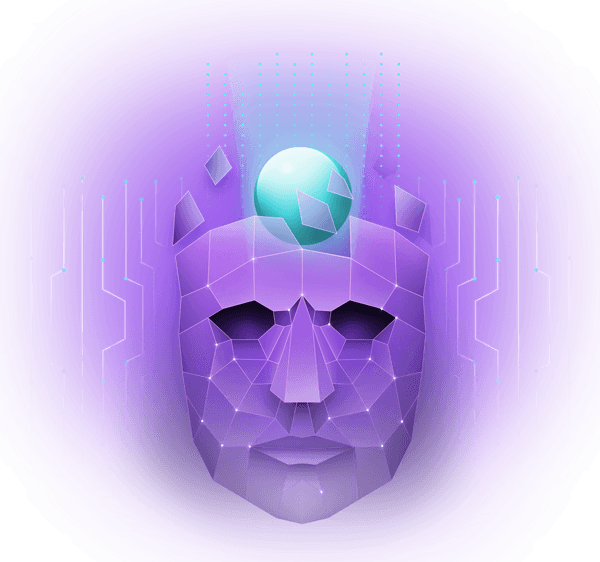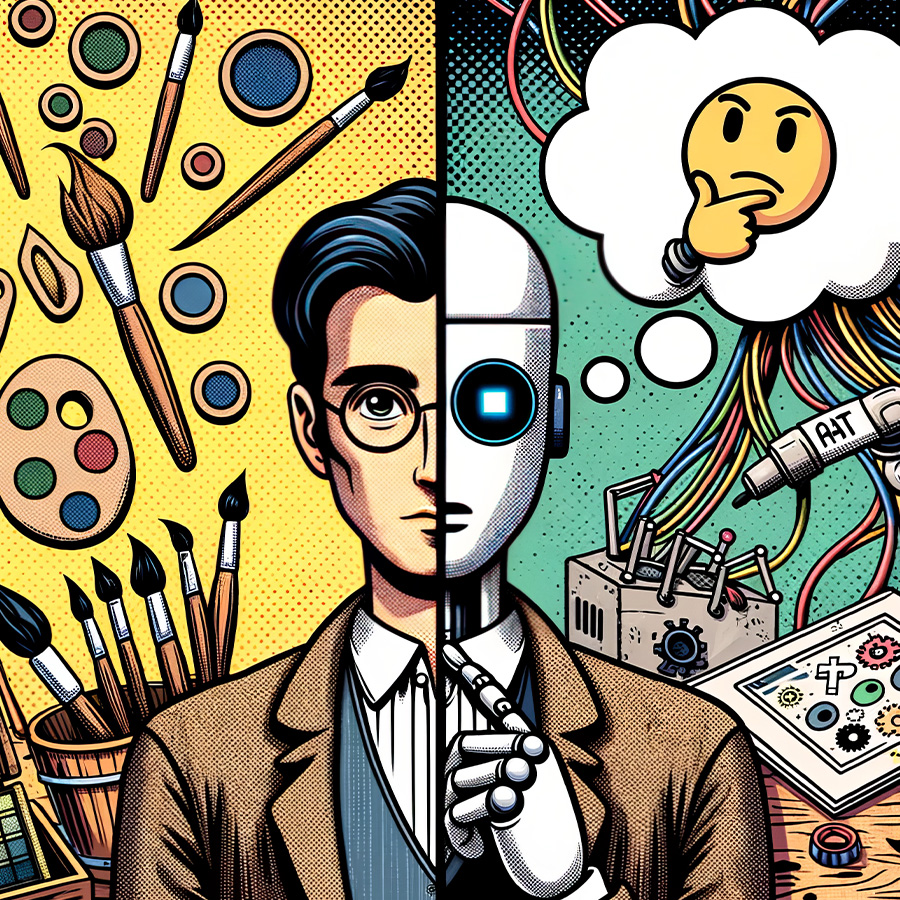About AI Decoded
About AI Decoded – AI Overview
Why
AI Decoded ?
The AI revolution has dawned and is poised to change the world as we know it. AI is not just another incremental advancement in technology. It is a seismic shift in the fabric of our society. Unlike the Industrial Revolution, which took generations to unfold, the AI revolution is moving at warp speed.
No one can accurately predict what an AI-powered world will look like in 25 years (or one year), or whether AI will ultimately create a utopia or a dystopia. Although we can’t accurately predict the long-term future, we can help shape it by learning AI technology and its impacts.


AI Decoded documents the emergence of AI-fueled creative expression. The first generation of AI tools has given anyone with a computer or smartphone the power to transform their ideas into stunning visual art. This technology is rapidly extending into film, video, music, writing, art, advertising, 3D modeling, and so much more.
These next few years, AI tools will dramatically transform a spectrum of industries, including filmmaking, communications, music, and gaming. AI is already sparking legal and ethical controversies about its impact on jobs, culture, and intellectual property. AI Decoded brings the topic to life in three ways: interviewing companies that build AI platforms and tools, demonstrating how to use the platforms and tools through qualified innovators, and commentary by legal, cultural, and technology experts.
Generative AI
AI Decoded will help viewers understand AI’s emergence into society and impact on the business and technology landscape. Additionally, it also takes a detailed look Generative AI’s impact on human creativity.

So, what exactly is Generative AI?
Generative AI or GenAI, sometimes referred to as “artificial general intelligence” (AGI), is a subcategory of AI that uses AI models and methodologies to “generate” content such as writing, music, art, poetry, images, books, texts, and much more. In fact, GenAI is now being used throughout numerous vertical industries in the business world and has become a great tool, especially for creative types.
Where traditional AI relies upon established rules and human instruction, GenAI utilizes models based on deep-learning techniques. These techniques are reliant on large datasets, data structures, and existing patterns, enabling the generation of content from human input such as prompts, voice, texts, etc.
For instance, we have all typed a question into Google to get information back. With today’s GenAI technology, we can prompt the same inquiry, and, rather than getting thousands of results to sift through, we receive specific information to help us write any material.
Through the same process, we can also develop images and photographs that we desire. For example, using a GenAI platform that focuses on image development, a user could type in “create a dog with a bone,” and the GenAI engine would then seek out existing datasets and images to generate various versions of dogs with bones. The user can then refine their image through prompting until it becomes an ideal representation of what they want to see. Put simply, the possibilities are endless and cut across all types of business and consumer applications.
